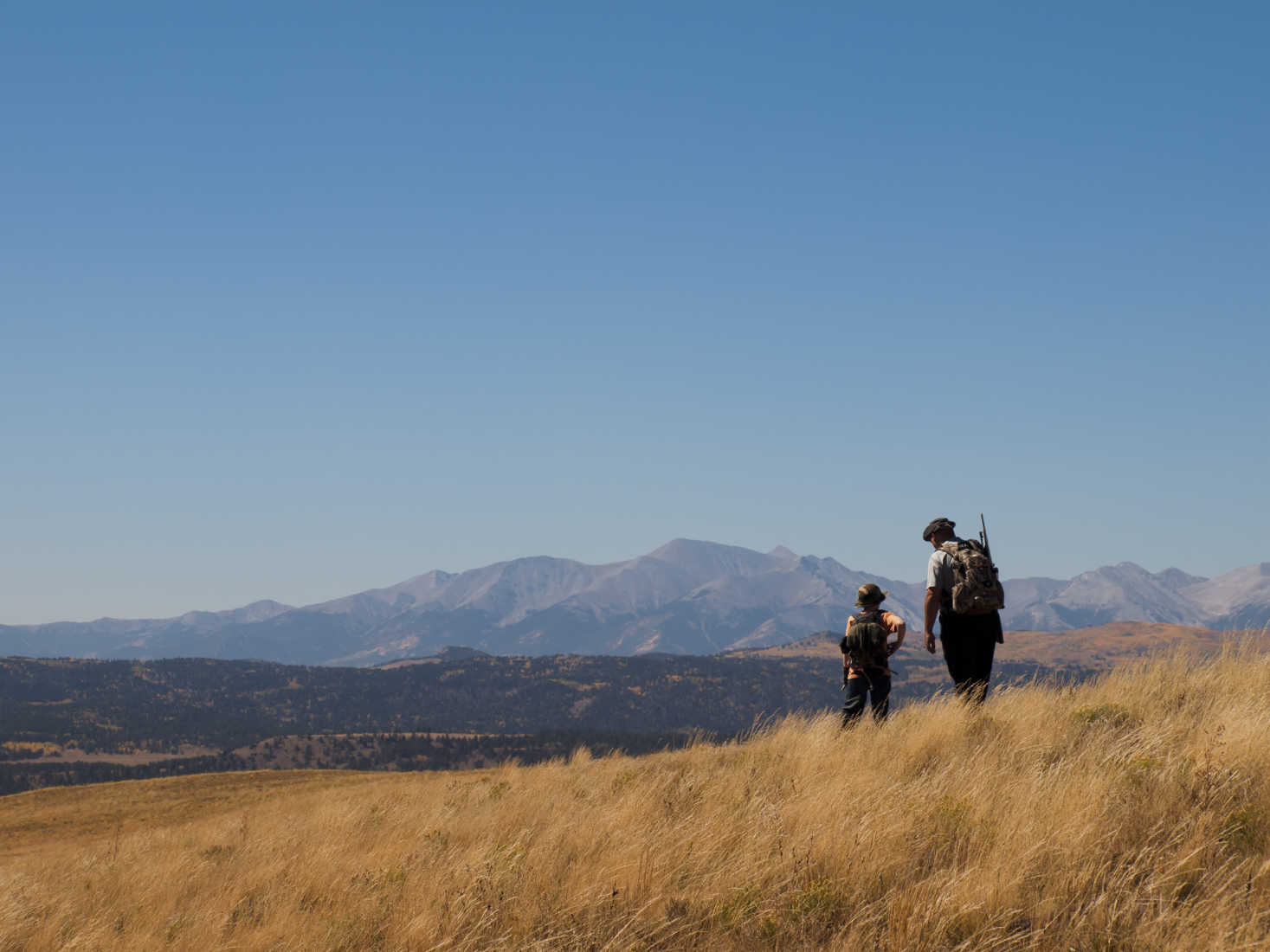By: Randy Tucker
It was the kind of day you have to experience to truly appreciate. The weather was changing. You could feel the air pressure drop, and the looming clouds on the western horizon reminded you that it was October in Wyoming.
After several years of target shooting, a successful hunter safety class, and riding around with me while I hunted, my son Brian was about to embark on his first deer hunt.
We didn’t have a lot of time, but living in Fremont County has its advantages when it comes to deer hunting. There are dozens of good hunting areas within 50 miles of Riverton, and we had permission to hunt on one of them.
His excitement was hard to contain inside the cab of the truck. He read the regulations and examined the area map again and again and speculated on the size, sex, and species of deer we would see. We decided we were after whitetails, a species I had never hunted before, a unique experience for both of us.
Matt was our guide, a former student of mine. Brian’s interest was piqued when we saw a huge 5×5 mule deer hanging from his dad’s front-end loader. It was a very nice buck, but we were after the flighty whitetail, the deer family’s answer to jack rabbits on amphetamines.
We jumped deer within 10 minutes of starting our hunt, but they were mixed in with cattle, and we didn’t have a shot. Our guide moved us about five miles up the valley into an open meadow that looked like it fell right out of a Sports Afield photo spread.
Perfect deer habitat: running water, an open hay meadow with a lot of willow thickets, and a border of shallow hills to the south. I almost expected to see a camera crew setting up for a hunting segment on the Outdoor Channel.
A two-minute walk, and we spotted a whitetail trio. We put Brian in front, and he sighted a small spike buck. One shot and his hunt was over. The 125-yard shot from his .243 wasn’t the longest ever taken, and the little buck was far from Boone and Crockett, but he had joined the ranks of the hunter.
There is something primitive and atavistic about big game hunting. You feel closer to nature than you do when fishing or hiking. I’ve heard some people explain that it’s almost a spiritual experience. Just the experience of hunting with my son would have been enough. Harvesting an animal was an extra bonus.
This kind of father and son experience is disappearing rapidly in America. Anti-hunting groups are gaining strength, and the misguided, myopic gun control advocates are targeting the wrong groups. I’m still waiting for the bumper sticker that says "People don’t kill people, guns do."
Indirectly, the break from our hunting tradition affects agriculture as well. With a growing segment of our population believing that food comes directly from a supermarket or is produced in a factory, it’s difficult to explain the need for import quotas and BLM grazing contracts.
Shooting, cleaning, skinning, and cutting an animal doesn’t allow the illusion of food appearing magically. It’s not a clean process, but it’s a good one for everyone to know.
It’s also a valuable lesson in the power of a gun. Killing on television is neat, clean, and quick. Dirty Harry can blow away 15 people in an hour and never bat an eye. Perhaps if more of our society still hunted and raised their own food, the respect for our environment would increase, and the number of gun related deaths would diminish.
Randy Tucker is a retired history teacher and freelance writer from western Wyoming. He has a lifetime of experience in farming, ranching, hunting and fishing in the shadow of the Wind River Mountains. Contact him at [email protected].

